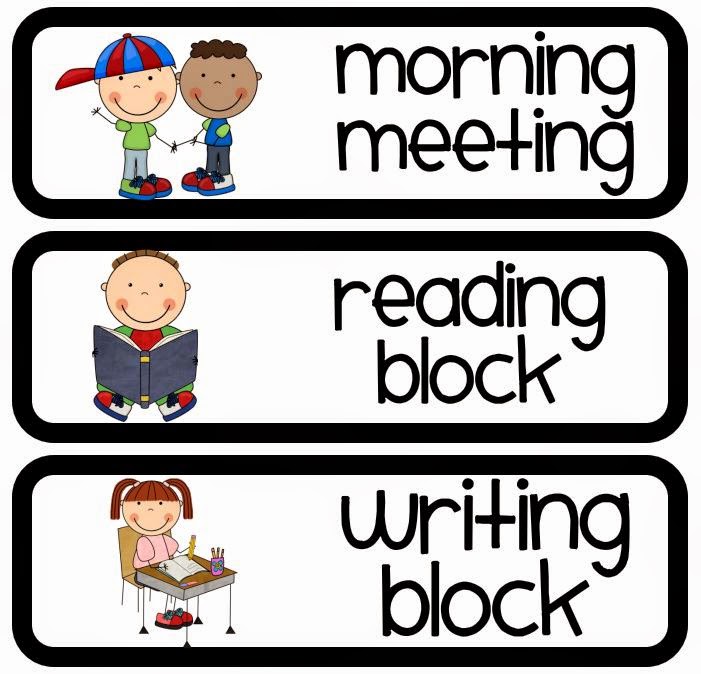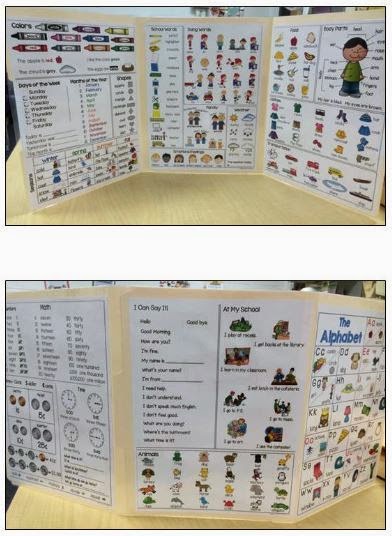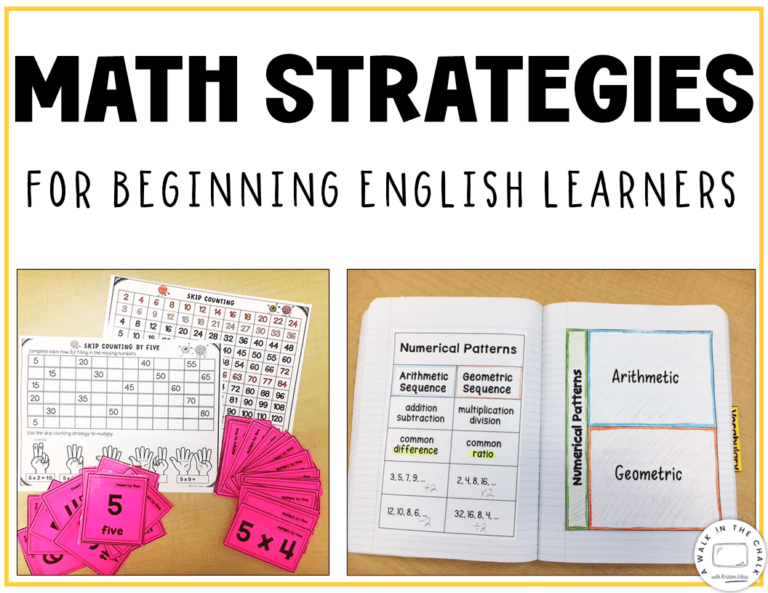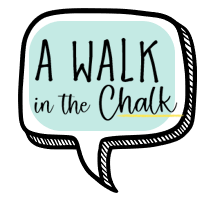You’ve just gotten notice that your new student doesn’t speak English, what do you do? Questions may go through your mind, such as… How will I communicate? How will I instruct so that he/she understands? How will I assess what he/she has learned? This post is the first in a series that will give you some tips on how to welcome your newcomer into your classroom community, and provide strategies to help you instruct and assess your newcomer.
Let’s start with…
1. Environment
Research shows that children learn best in a low anxiety environment. Here are some things that you can put into place to make your classroom a low anxiety environment for your newcomer(s).
~ Know how to pronounce your student’s name. Practice saying it phonetically so that you pronounce it correctly.
~Visual Schedule – If your class schedule is without visuals, add pictures to help your newcomer know what his/her day will entail. Making a personal schedule for your student, as well, will help him/her know what he/she will be doing during certain blocks that incorporate extended “independent” work time (Language Arts). Here are some examples of visual schedules.
 |
| Here’s an example from Cara Carroll. |
 |
| Another option from Jennifer Robinson. |
It’s important that the visuals match the activity.
This is an example of the schedule I use with my 4th grade newcomers during Language Arts.
 |
| My 4th grader’s Language Arts schedule. I did not see them on Tuesdays, so they needed to know what to expect on those days; that’s why Tuesday had its own schedule. |
Each of my newcomers gets a vocabulary mini-office to keep at their desk. It has basic vocabulary to help them during independent work time. I’ll talk more about this in my next post (Instruction).
 |
| Vocabulary Mini-Office for Newcomers |
When my newcomers are not with a teacher, they know exactly what to do and how to do it. The goal is to get your newcomers working independently on meaningful activities.
~Label the room. This will help build basic vocabulary and create a print rich environment.
 |
| Here’s an example from Mrs. G. |
 |
| Here’s another great example from Kirsten Lennon. |
~Buddies – Is there another student in the class who speaks your newcomer’s native language? If so, pair them up to help translate some of the important information throughout the day. Use caution with how much is put on the buddy. It should not be a burden, or take away from the buddy’s own learning.
(If there are no buddies who speak your newcomers home language, find someone in the building who might.)
Also, assign an English speaking buddy (or two). This student can be a great model for your newcomer. This buddy can show your newcomer the everyday routines of the cafeteria line, library, where to find needed supplies, etc.
~Be aware of the “Firsts” – the first fire drill, the first tornado drill, the first time through the cafeteria line, the first time checking out books from the library, the first time logging onto a computer, the first time working cooperatively in a small group, the first time… Keep in mind that the “firsts” for your newcomer can be high anxiety moments. He/She may have never experienced a fire drill. Help them get through their “firsts” so that they are comfortable and confident with their seconds, thirds, and fourths.
~Respect the Silent Period. Newcomers often go through a phase called the “silent period.” This is normal. They are using all of their receptive skills to make sense of their surroundings. Many students are not ready to use expressive skills until they feel more confident. I recommend not calling on a newcomer to answer a question in a whole group setting if he/she is in the silent period. This unwanted attention can produce high anxiety. Instead, slowly encourage responses in a one on one setting, with you or a buddy partner, or while working in small cooperative learning groups. The silent period can last anywhere from several weeks to several months. I once had a third grader who was silent the entire year.
~Culture Shock – Be aware that your student may be experiencing varying degrees of culture shock. This sometimes presents itself as acting out in negative ways. Understand that your student has lost the ability to communicate with those around him/her. Acting out can be the affect of feeling alone and frustrated. This too is a phase. Be understanding. Find ways to communicate with your student, through pictures, through a buddy, through a smile.
~Respecting Your Newcomer’s Culture – find opportunities to share aspects of your newcomer’s culture in the class. This will help your new student feel welcome, and like a valuable member of the class. One idea is to give a short history lesson on your new student’s native country. Show your class where your student is from, what language is spoken there, and some of the traditions found there. This is a great opportunity for the class to share traditions from their own cultural roots.
~Smile! It sounds simple, but it’s so important in making your new student feel safe and welcomed.
These are some things that you can put into place to help make your newcomer feel safe and secure in the classroom/school. With a low anxiety environment, your newcomer will be able to negotiate through the silent period and culture shock more quickly and easily.
Part 2: Instruction
Part 3: Assessments





